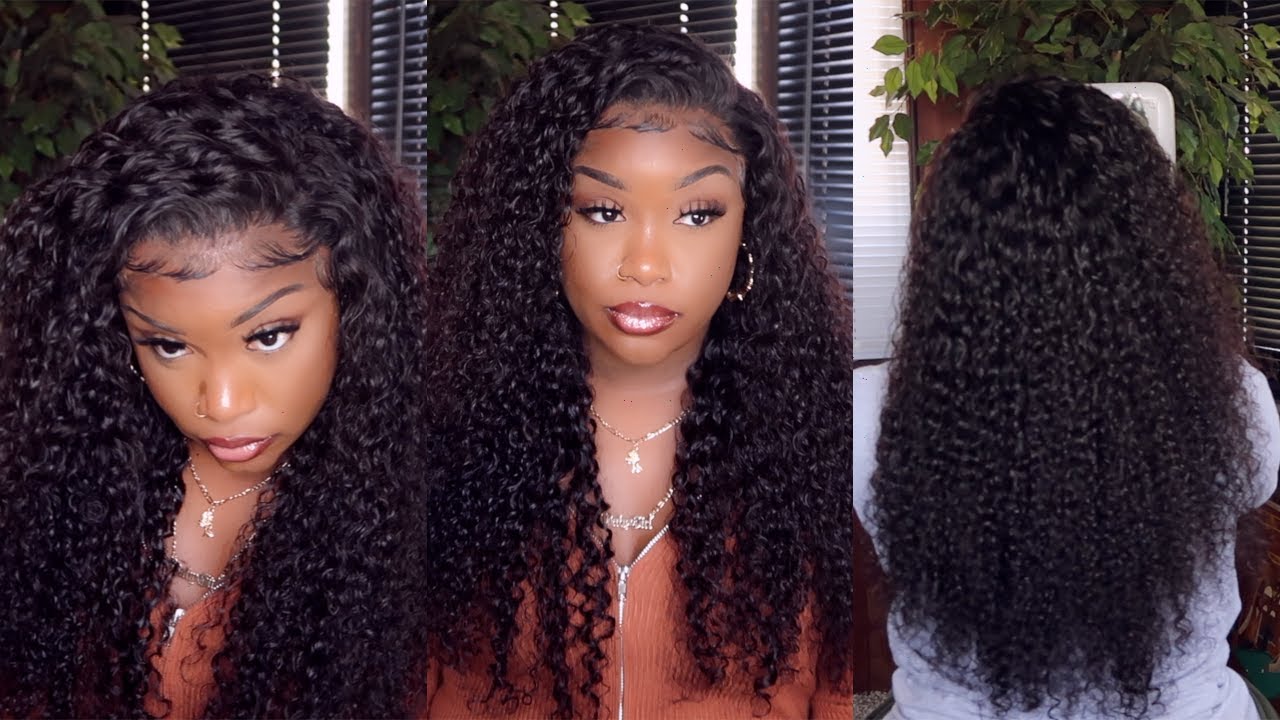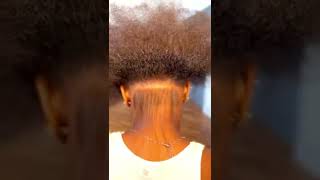Secrets To Avoiding Traction Alopecia From Bonded Lace Wigs, Clip-In Extensions, Too-Tight Braids
- Posted on 12 August, 2011
- Clip-in Hair Extensions
- By Anonymous
The gap between professional hair extensions and do-it-yourself, at-home wig-bonding applications is greater now than ever before. The Internet has made access to hair extensions and wigs immediate, but not necessarily safe for the women who buy these products. More than ever, consumers are bombarded with information, only to be convinced to find a cheaper, more economical way to gain the same result. Enter the quick weave approach to hair replacement and hair extensions - bonding to the scalp poorly designed wigs or wearing too-tight braids - which only results in hair damage in the end. Unfortunately, this often results in traction alopecia, a direct result of what happens to women who cut corners in their hair health regimen and reach instead for products and services that are designed for professionals only. In this video our veteran hair loss expert/hairstylist reveals the secrets to avoiding traction hair loss. By following these simple steps, you can discover the telltale signs of this disorder and be better prepared not to avoid the pitfalls of unsafe techniques in hair extensions and hair replacement. Website: www.hersecrethairextensions.com
Consultation colleges or any licensed instructor teacher, it's the same as went to the doctor. No doctor knows a client's body like the client. They can tell you their hair loss patterns or their your thinning patterns or what medications that may be on or not. Then you have to take into account when you're working on different nationalities of people you have to really take into it to an account that the Scout can be more sensitive. So you want to know that you need to braid into a pattern that is not going to cause your client to have unnecessary redness, pulling the way your braiding, not so much against the cuticle, but in people the hero. So the pattern is very important. What are the benefits of getting braided correctly? I see from the client here we have some hair growth. Can you talk about that and explain why she's got such great, healthy hair now, after coming out of out of one of these methods, these braiding methods that you just talked about the mission? It'S all about pattern, it's all about the way to braid what pattern to braid into knowing the texture, your writing, knowing getting the information in a consultation and all also your the knowledge you have. That is why we see so many here where we have so much traction here along student braiding over and over again in the same pattern: it's a secret, don't you learning and listening and having a good somebody. That'S really experienced teach you how to do it. So my recommendation will be, if you're going to take anybody in for breeding. You have to ask about the tension of the thread grade and how much experience they have in doing that, because it's still a big problem across the board. The war with that is that now you have so many unlicensed people working on hair that they can do so much damage to the for a professional gets to the point where they can work on them by the time that happens for repetition, and it's done over Over and over again you're going to see that that





Comments
Noella Garrick: The wig in the background really got my attention; it looks just like my natural hair! This is the wig that shows prominently at 1:25. Can you tell me where I can get this wig, color 5, preferably? If not 5, then 4?